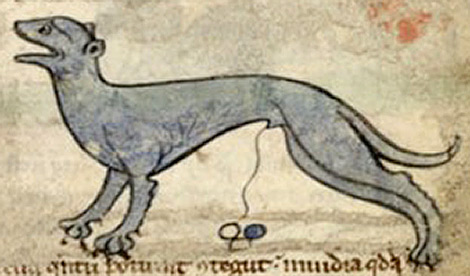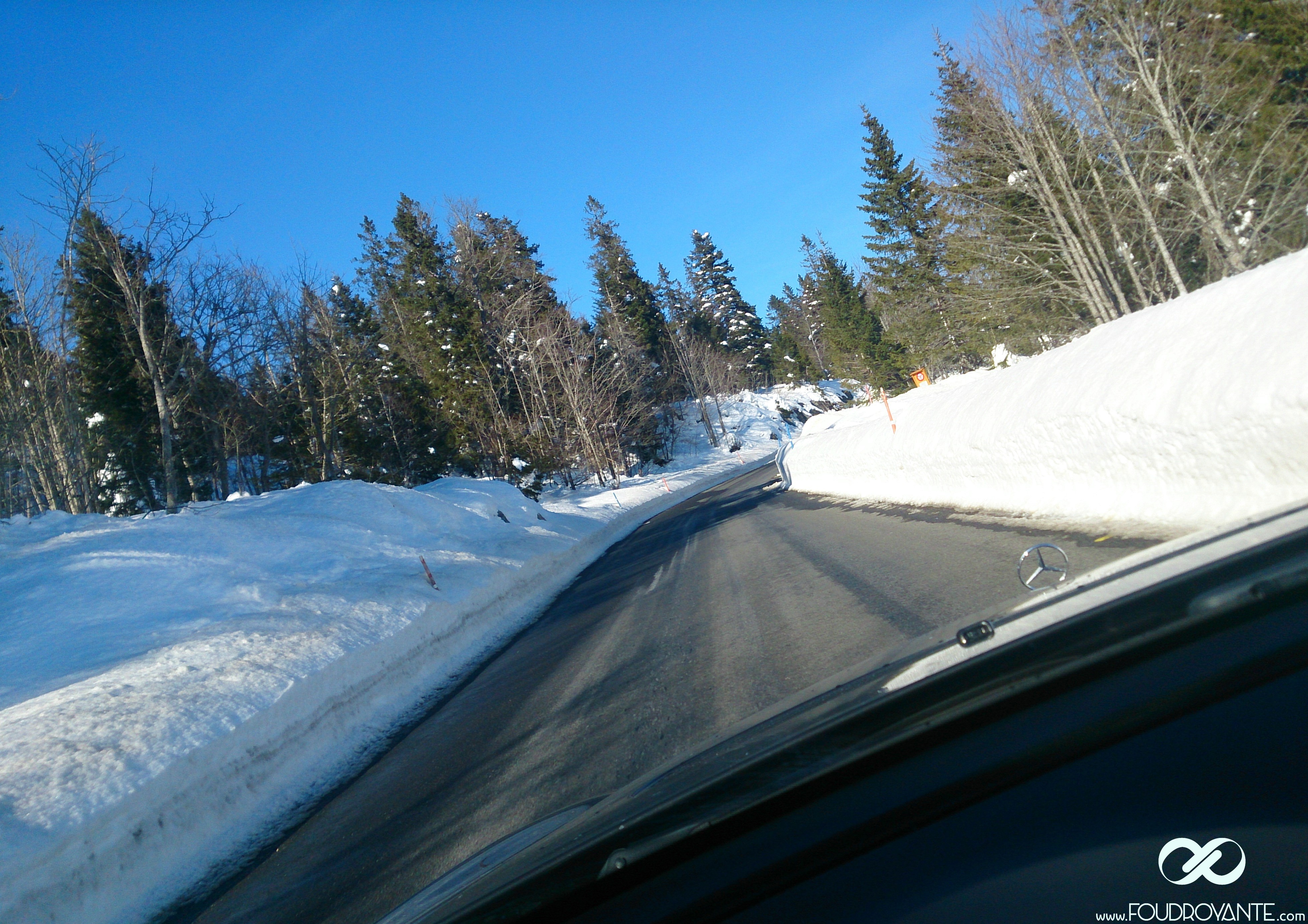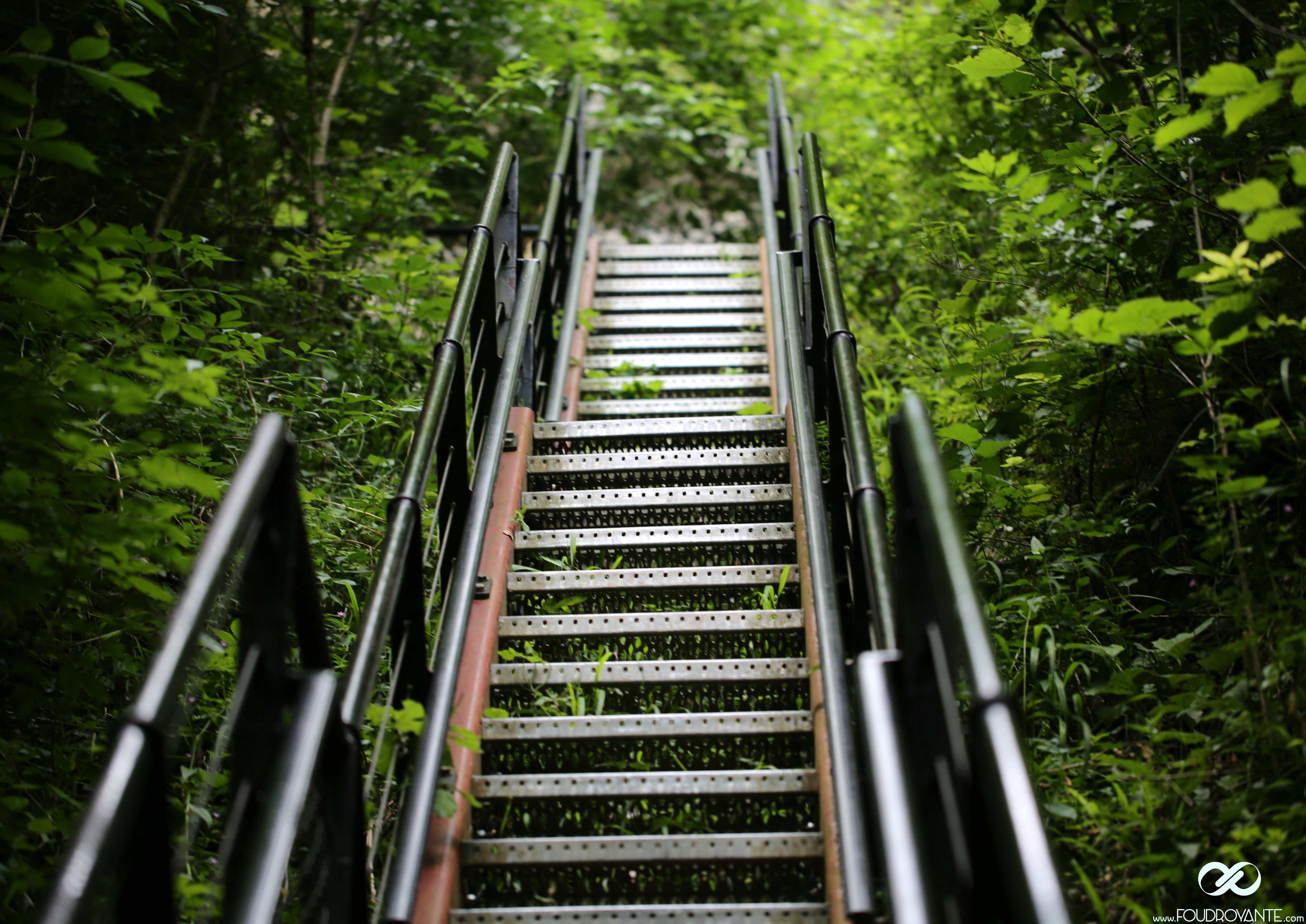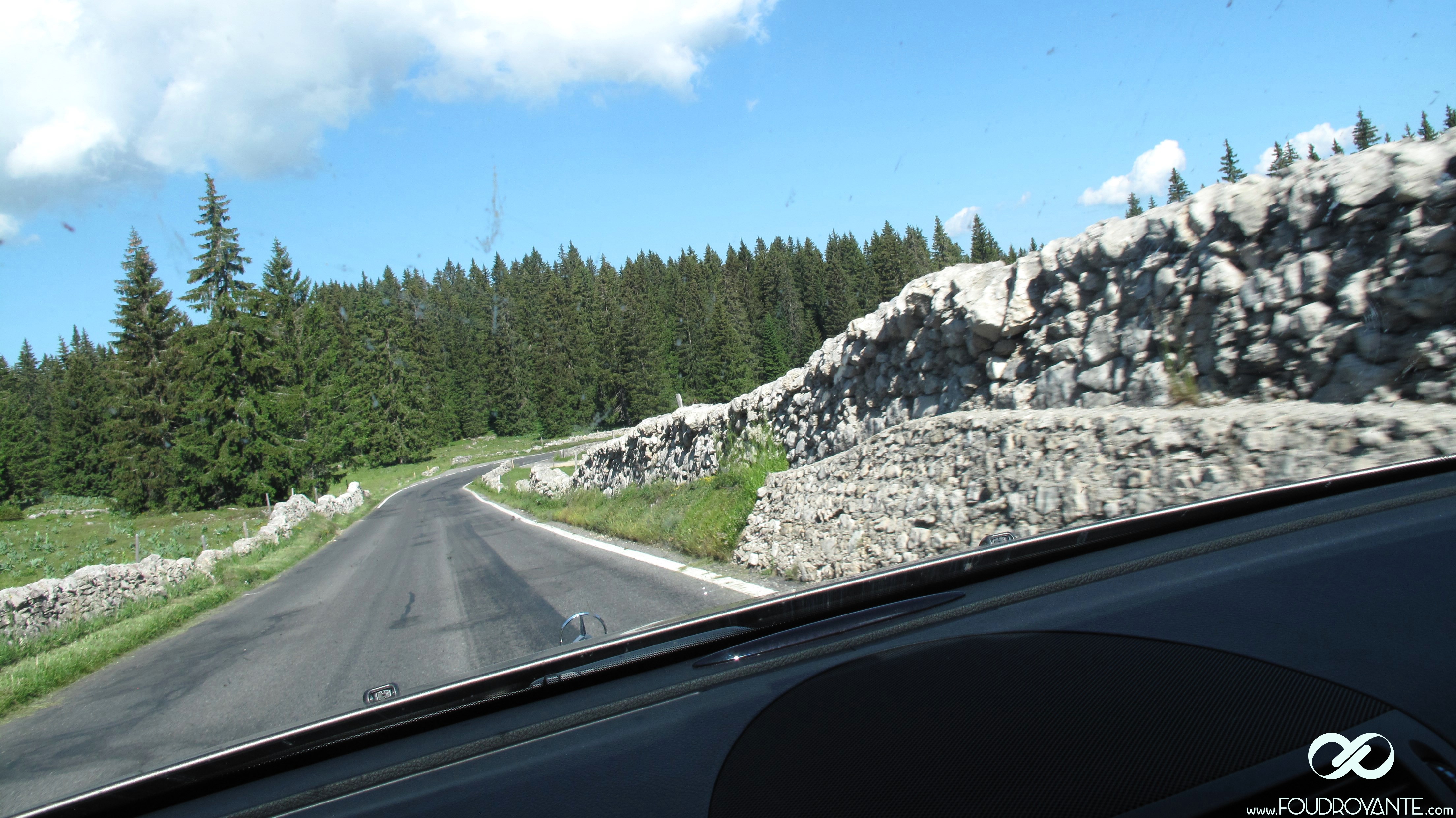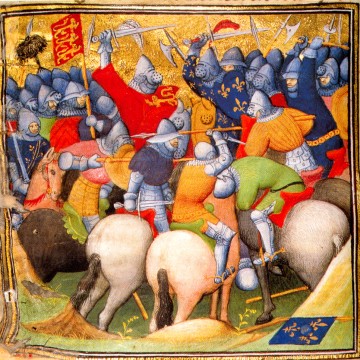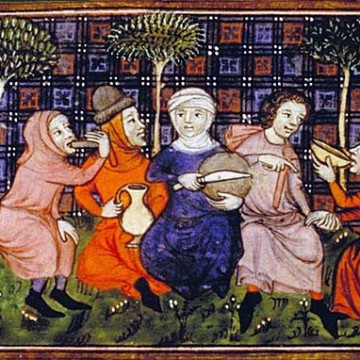The watchmaking farmer : the wild Jura 2-7
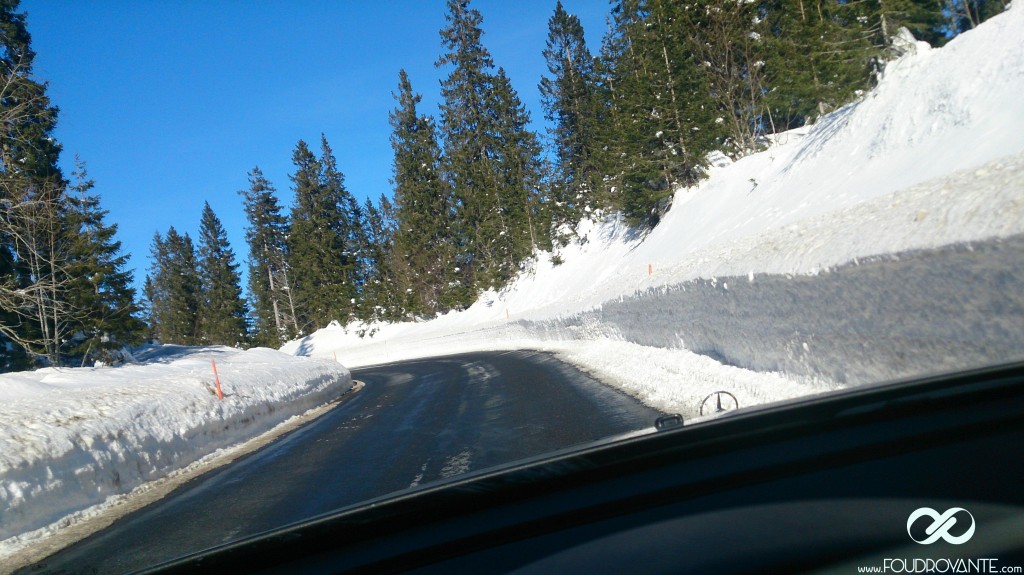
Hello friends,
- In the year of our Lord 1384, the Canton of Jura wasn’t completely wild, as evidenced by the village of Montfaucon (not to be confused with the French Franc-comptois eponymous castle), built in the early 11th century.
However, the human presence was rare and the nature was particularly wild, probably unchanged since the last glacial era. Alternately, wolves and bears reigned supreme over the Jura fauna (wolves hunt more in winter, the snow slowing down their prey, and bears in the summer in preparation for hibernation). In the early 15th century, this varied fauna abounded. The common point of these species is their adaptability in the conditions of height, thanks to their coat, their muscular power, their overdeveloped vascular network or their large-scale wings. We may mention (le list is not exhaustive) the following: Buzzard Buteo, chamois, badger, Kestrel, deer, red squirrel, Barn Owl, spotted salamader or lynx…
Lynx, paint from XIII century:
If this fauna prospered, it was because Jura was protected for a long time from the human presence, thanks to a rough microclimate and to a steep topography.
In spite of a modest maximum height (1720 meters), the drafts and the high perched valleys (for instance The Chaux de Fond is at an altitude of 1039 meters) cause very low temperatures during the winter:
in the Vallée de Joux, or, even worst, in the Vallée de la Brévine (called “Little Siberia), the temperatures sometimes dip under -40°C…
Jura, under snow, today:
Nowadays, Jura is mainly divided between Switzerland and France, and extends to Germany. The wars made the French-Swiss border move many times, notably the 30 years war ,from 1618 to 1648, and also the Napoleonic adventure, between 1798 and 1815.
And if the imperial desires of the French autocrats have sometimes overflowed on the future territory of the Swiss Confederacy, the people from Jura, wether they were French, Swiss or German have always shown great solidarity, especially in the Franches-montagnes, where contraband (notably watchmaking) was often wisely organised, at the expense of the various governments…
Scale of death today, dedicated to tourism & sport:
- But in 1384, our « Franc montagnard » had to become established. As he often does, man changed his environment, and watchmaking farmer’s ancestors organised vast slash-and-burn, in order to increase the building and arable surfaces (villages such as Les Enfers or Breleux derive their name from those slash-and-burn).
It was thus that a multi-thousand-year-old hardwood forest disappeared; The inhabitants of Jura planted coniferous trees that grow much faster in extreme montain conditions. This choice of essences made them precursors of sustainable exploitation of forests, which, let us not forget, have almost disappeared in Europe in the early 14th century. Within this vision of the maximum preservation of the forests, fences were forbidden in Franches Montagnes by the Bishopric of Basel and that explains the presence of these splendid dividing low walls in the fields.
Low walls in the actual Jura:
Thank you for your fidelity.
Pifpaf.
